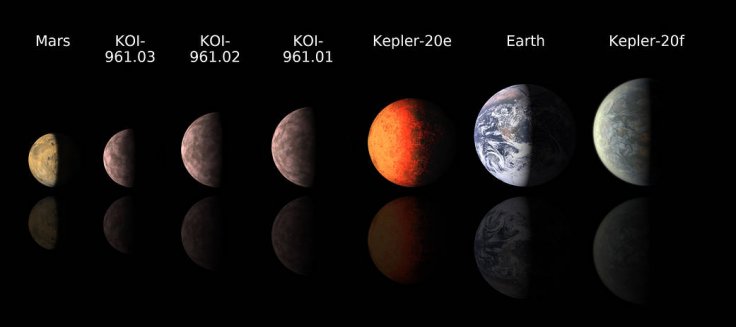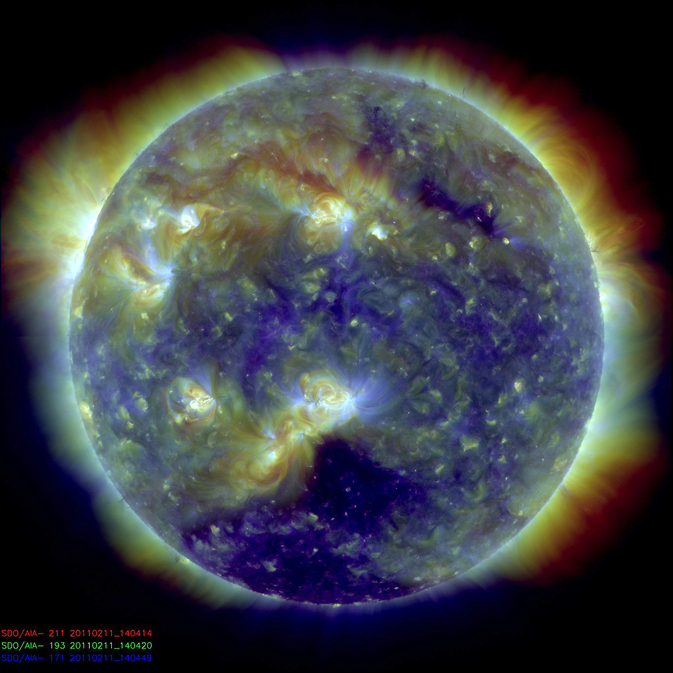
As of now, 3815 exoplanets have been discovered by the scientists. Almost about 50 among them are located in the 'Goldilocks zone' which is the habitable zone around a star where the temperature is not too hot not too cold and supports liquid water. But the question is how many of them are capable of supporting life?
There are some conditions which are required to support life on a planet, such factors are temperature, available water, composition, stable climate, etc. Even though several years ago almost everybody used to believe that there is no planet like earth that could support life, now scientists have classified few exoplanets which have the same chemical conditions thought to have led to life on the blue planet.
On August 1, 2018, University of Cambridge has announced that the researcher has claimed to find stars with enough ultraviolet (UV) light that could support the life to grow on any habitable planets in the same way earth helped life to start on its surface.
Researchers from University of Cambridge and the Medical Research Council Laboratory of Molecular Biology (MRC LMB), have published their study in the peer-reviewed journal Science Advances, where they stated that UV rays are known to the power chemical reactions that can produce the building blocks of life.
So the researchers have set out to create a new set of criteria to define the most promising life-supporting planets. In addition, Dr. Paul Rimmer, a postdoctoral researcher with a joint affiliation at Cambridge's Cavendish Laboratory and the MRC LMB and the lead author of the study said that this work will allow them to select only best places to search for the alien life and this study also brought them a little bit closer to the oldest question of whether "we are alone in the universe."

As per the researchers, the few selected planets have stars with sufficient UV light but, the scientists can't take any guarantee of finding life on any of them. The researchers only have stated that right now these planets are the best options to search for the existence of life.
John Sutherland, who studies the chemical origin of life on Earth and is a co-author on the new paper had published another study in 2015 that claimed cyanide was a necessary element in the primordial soup from which life on Earth is believed to have originated. Even though it may look counterintuitive, this hypothesis clearly suggested that hydrogen cyanide, when mixed with the likes of hydrogen sulfite, the composition can be baked by UV light into sugars, polymers and phosphates.
As per Sutherland, these chemicals are the building blocks of RNA, which is a close relative of DNA that can carry evolutionary information. The research group of Sutherland recreated the chemical reactions under UV lamps, generating the precursors to lipids, amino acids and nucleotides, which are important to support parts of living cells.
Sutherland said, "My first question is always what kind of light are you using, which as chemists they hadn't really thought about. I started out measuring the number of photons emitted by their lamps, and then realized that comparing this light to the light of different stars was a straightforward next step."
The astronomers and biochemists conducted several tests to see how quickly the building blocks of life could be created from hydrogen cyanide and hydrogen sulfite ions in water when exposed to UV light.
The senior author, Professor Didier Queloz from Cavendish Laboratory said, "There is chemistry that happens in the dark: it's slower than the chemistry that happens in the light, but it's there. We wanted to see how much light it would take for the light chemistry to win out over the dark chemistry."

Later, when the scientists compared both the results to the UV light emitted by different types of stars, they found that stars with similar temperature as the sun have produced enough UV light for the building blocks to form, but on the same time even the cooler stars had active and strong solar flares, they did not produce the same result.
"I'm not sure how contingent life is, but given that we only have one example so far, it makes sense to look for places that are most like us. There's an important distinction between what is necessary and what is sufficient. The building blocks are necessary, but they may not be sufficient: it's possible you could mix them for billions of years and nothing happens. But you want to at least look at the places where the necessary things exist," Rimmer said.
Most of these identified planets were found by the Kepler Space Telescope, including Kepler 452b. As mentioned this planet is almost 1,400 light-years away from earth and estimated to have a mass 1.5 times as big as the earth. Kepler 452bm also called as "Earth's cousin" and now it is known as the most potential candidate to support life.
Read more









